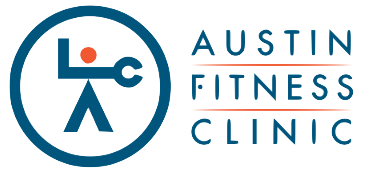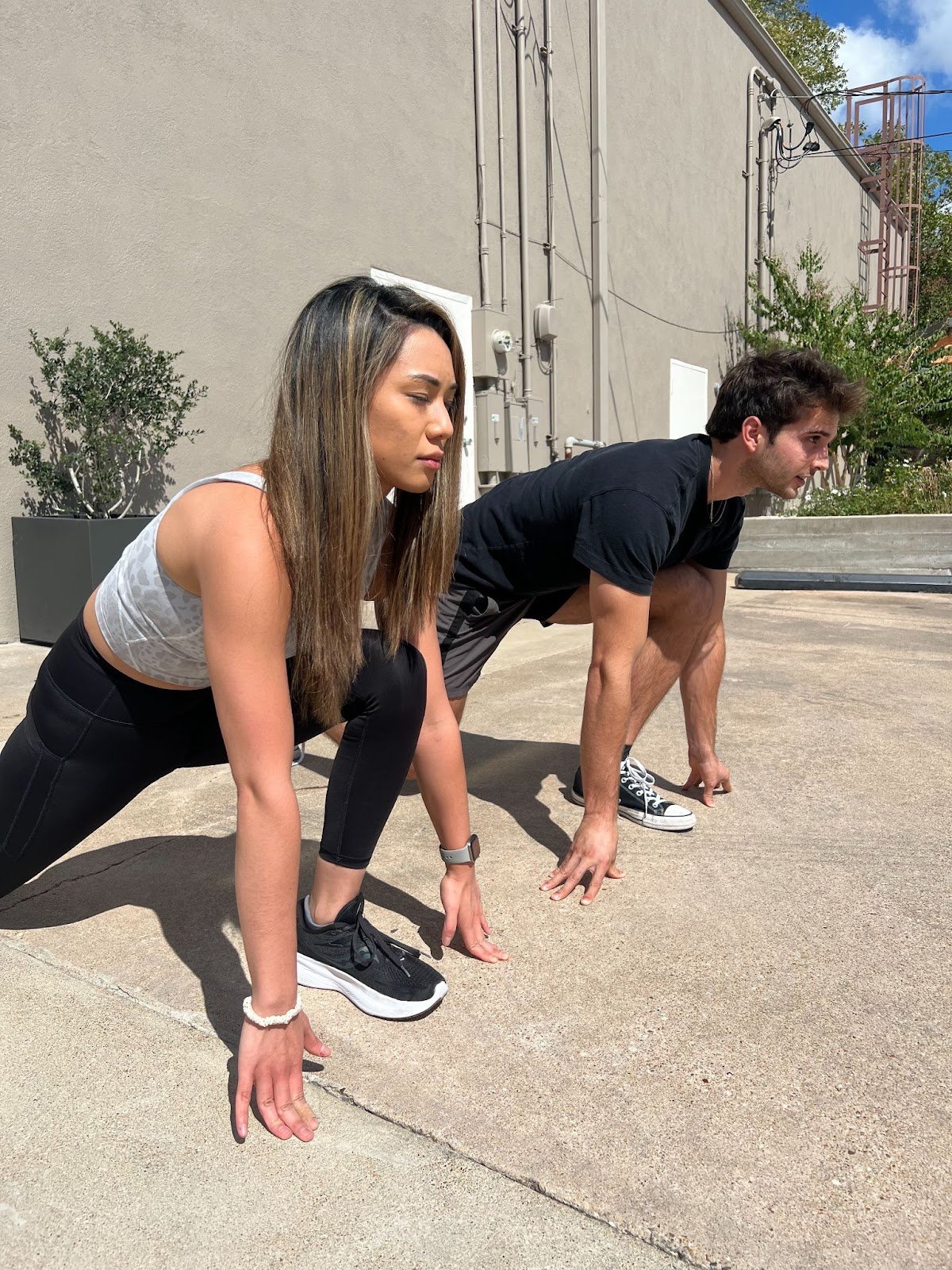Someone has to make the tank tops look good…and it’s not men.
The product of a single mother, I was conditioned from an early age that women were equal to men (even though my mother proclaimed intellectual superiority to all of her ex-husbands). Women could do anything, learn anything, and earn anything that a man could. A great lesson, but it gave me blinders when studying to become a trainer. I never considered gender when studying Exercise Physiology. To me, the body was the body. But, from the pictures in anatomy textbooks to the test subjects for every exercise study, we were studying information that was decidedly male. As graduate trainers we would then implement exercise and nutrition protocols that were designed around male clients. Since the genders were “equal”, we trained women like men. We never saw a problem with that.
Half an Education
Out of college and starting my career at least half of my clients were female. Though I trained them like men, my female clients were so different in every other way: these women had different perspectives, backgrounds, concerns, and very different exercise experience. Working with women opened up a new world for me as a young trainer, giving me a fulfillment in my career that I never found with male clients. I owed my female clients the safest and most respectful workout experience, and I couldn’t do that if I just trained them like men.
It was no wonder my judgment was clouded: looking back I had never been exposed to a study with exclusively female participants (even today, only 6% of fitness studies include female subjects - according to Christine Yu) . I had been trained to approach women like smaller men. In an effort to promote “equality” I was missing out on studying the fundamental differences that would later become so key to my ability to work with women. I had to realize that different didn’t mean unequal or less capable.
Do we all need to train exactly the same?
Who’s stronger or faster is the wrong question?...Rather, are we training each individual appropriately?
Flipping the Switch
I started going to the American College of Sports Medicine conference every year after graduating in 2000. A noticeable dearth of female-centric courses laced the curriculum, but since we only applied male training and therapy techniques, nobody noticed the discrepancy. The first “women’s” course I attended wasn’t until 2008, and that was completely by accident. The course was listed as “Pain Diagnosis and Treatment of the Lower Back and Pelvis”. The seminar room was completely full, so I had to sit in the front row (not a problem for me; I’m a dork). The entire panel of presenters on stage were women, but that wasn’t unusual. The first speaker to the mic acted shocked that so many of us turned out, especially so many men. I remember thinking: “Surely she’s not surprised that men would attend a class taught by all women, but maybe she’s from Wyoming U or something”. The instructor slapped the first slide on the screen and said “Well, let’s get right to it…welcome to diagnosis and treatment of female pelvic and lower back pain”. The screen, 12 feet in front of me, displayed a colossal cross-section of the female pelvic anatomy. It didn’t matter if I was in the wrong class; I was in the front row, so there was no way to exit gracefully. That was the best course I’ve ever attended at ACSM, and it changed the trajectory of my career.
Hear Me Roar
From that point I made female-centered training a priority, and my career expanded quickly. I learned that women had a different Q-angle and a steeper tibial plateau making them more prone to knee injury (female athletes are now up to 7 times more likely to rupture an ACL). I read countless articles discussing how hormone fluctuation during the menstrual cycle can dramatically affect proper training protocols during the different phases (after Stacy Sims wrote Roar in 2016, more male coaches started paying attention).
My new education allowed me to understand more clearly where a female client often found herself: continuously injured by improper coaching, frustrated by hormonal shifts disrupting her training, and dejected by the treatment she received from male doctors.
Why would load and intensity demands be equal when bodies are not?
A lasting friendship that has survived 15 years, 2 marriages, and 3 kids :-)
These are unique bonds we build only with female clients
Training a woman who thinks, acts, and sees the world differently is one of the most rewarding aspects of what I do. I now have the education and the confidence to keep her fit, de-stressed, injury free, and above all happy with herself. I ensure the best outcome by respecting her as a woman, not training her as a man.







